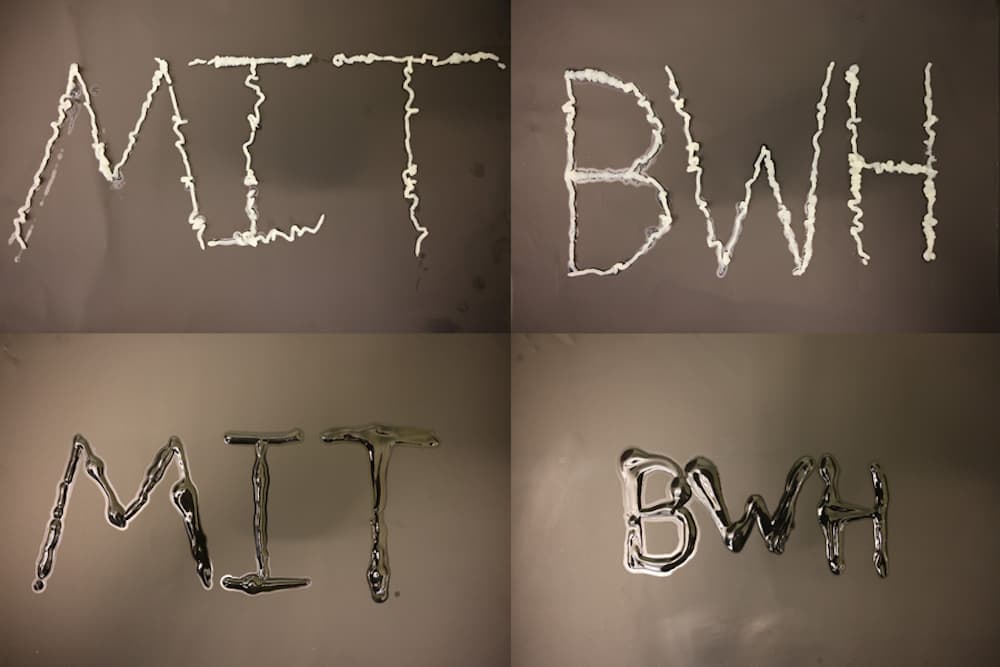
US researchers have developed an ultrasound-guided cancer immunotherapy platform that generates systemic anti-tumour immunity.
It also improves the therapeutic efficacy of immune checkpoint blockade – a method of stopping checkpoint proteins from binding with their partner proteins, allowing the T cells to kill cancer cells.
The findings from the The University of Texas MD Anderson Cancer Center preclinical study were published on May 31 in Nature Nanotechnology.
The first-of-its-kind platform is called the Microbubble-assisted UltraSound-guided Immunotherapy of Cancer (MUSIC) approach.
It employs nanocomplexes combined with microbubbles to effectively deliver cyclic guanosine monophosphate-adenosine monophosphate (cGAMP), an immuno-transmitter involved in anticancer immunity, into antigen-presenting cells (APCs).
Inside the APCs, the microbubbles release cGAMP to activate the GMP-AMP synthase (cGAS)-stimulator of interferon genes (STING) pathway, which stimulates type I interferon responses that are essential for priming tumour-specific T cells.
Study
In the preclinical study, the MUSIC strategy demonstrated a complete tumour eradication rate of 60 per cent when administered as monotherapy in breast cancer models.
When combined with an anti-PD-1 antibody, MUSIC significantly improved anti-tumour responses with minimal toxicity effects, including enhanced primary tumour control and decreased systemic disease progression.
In addition, the combination therapy demonstrated superior survival benefit, with a 76 per cent increase in median survival compared to either therapy alone.
“By investigating the mechanisms of action in producing a robust STING activation, we identified a new strategy to activate both the innate and adaptive antitumour immune responses,” said Wen Jiang, assistant professor of radiation oncology and the study’s co-senior author.
“Our findings show that the MUSIC strategy is capable of paving the way toward novel image-guided strategies for targeted cancer immunotherapy.”
Immunotherapy
Immunotherapy has transformed cancer treatment, offering clinical benefits for patients with treatment-refractory metastatic cancers such as melanoma, non-small cell lung cancer and renal cell cancer.
However, not all patients respond to immune checkpoint blockade.
Therefore, developing a more effective immunotherapy strategy to benefit larger numbers of cancer patients with localised and metastatic disease remains an unmet clinical need.
“Although the majority of cancer immunotherapies have focused on boosting the adaptive branch of the body’s immune system, there has been a growing realisation that both the innate and adaptive branches of the body’s immune system need to be engaged to generate optimal antitumoral immunity,” Jiang said.
“This understanding has led to the development of new immunotherapies that target the regulators of innate immune systems, including the cGAS-STING pathway.”
Natural agonists, such as cyclic dinucleotides, activate the cGAS-STING pathway, but concerns over poor cytosolic entry, serum stability and systemic toxicity have been major limitations for clinical translation.
To overcome these challenges, Jiang and his collaborators developed MUSIC as the first-ever image-guided cancer immunotherapy strategy that uses antibody targeting to activate STING in APCs through delivery of molecular drugs.
Microbubbles
Because the microbubbles also serve as contrast agents for ultrasound, the researchers use ultrasound scanners to image the tumour and to precisely identify the location where the microbubbles have accumulated.
After confirming the microbubbles are bound to the tumours, the researchers activate ultrasonic frequencies, which cause the microbubbles to oscillate and burst, creating transient pores in the cell membrane that allow nucleic acids to be transferred directly into the cell cytosol.
This technique, called sonoporation, previously has been used on tumour cells, but the MUSIC platform is the first to bind nanocomplexes to microbubbles to deliver cGAMP immunotransmitters directly into APCs.
“The beauty of our platform is that ultrasound machines are already clinically available in many outpatient settings and microbubbles are FDA-approved contrast agents for ultrasound imaging,” Jiang said.
“Therefore, we expect there is a very real opportunity to translate MUSIC into a clinic application to benefit cancer patients.”
The same concept and design principle behind the MUSIC platform’s microbubble technology could be readily translated to nanoscale systems for targeted systemic delivery and activation of innate immune sensors under image guidance for cancer immunotherapy applications, Jiang added.
“Our MUSIC platform is exciting because it provides a new framework for developing image-guided immunotherapy by using acoustically responsive biomaterials to enable efficient, targeted and robust immune activation to produce potent antitumor effects while minimising systemic toxicity,” Jiang said.
“The versatility of the MUSIC platform could potentially be applied to targeted delivery of other immune-stimulating agents, such as nucleotide-based vaccines, mRNAs and other gene therapies for multiple human diseases.”
The study was supported by grants from the Cancer Prevention and Research Institute of Texas (CPRIT), Department of Defense and the National Cancer Institute.
The study’s co-corresponding author is Jacques Lux, assistant professor of radiology at The University of Texas Southwestern Medical Center.





